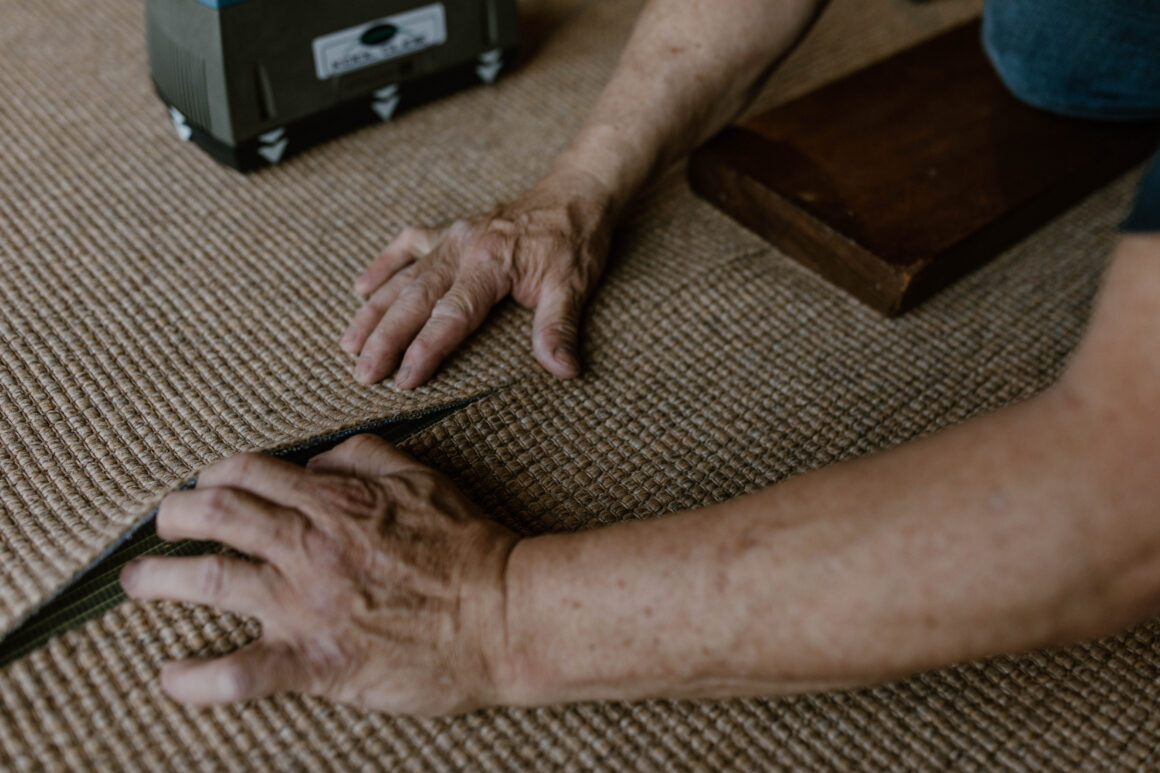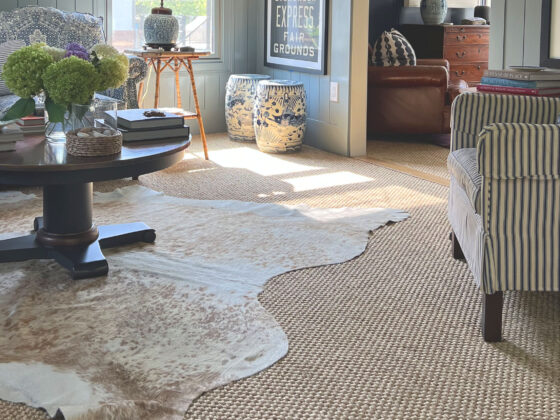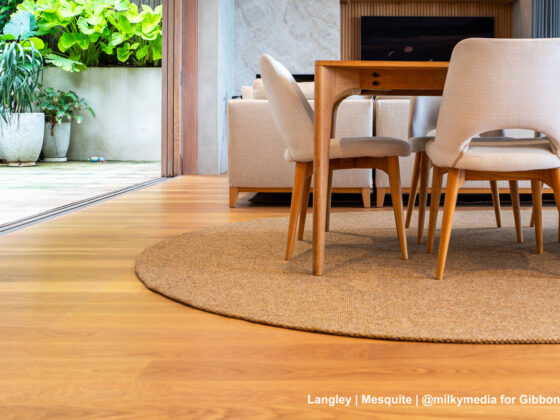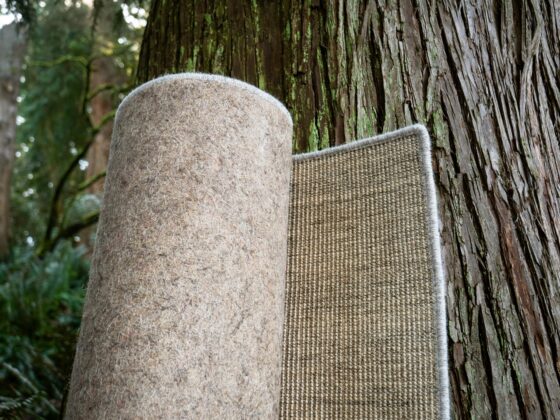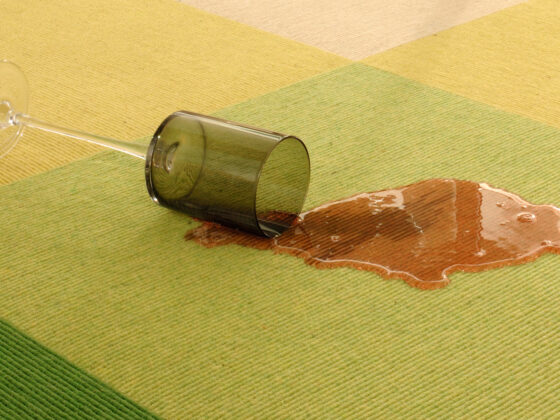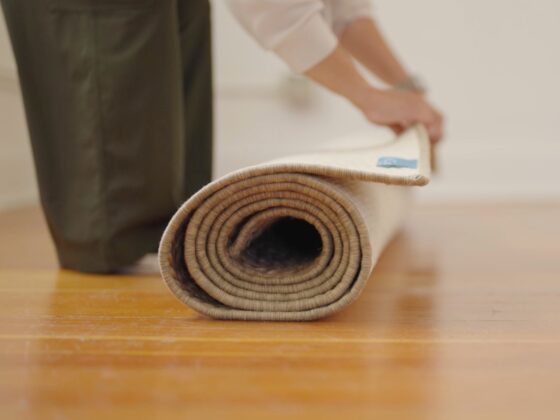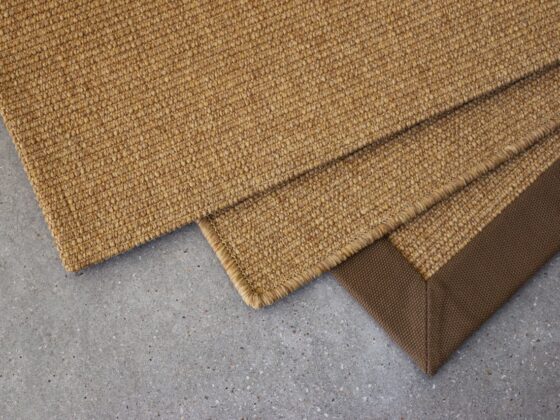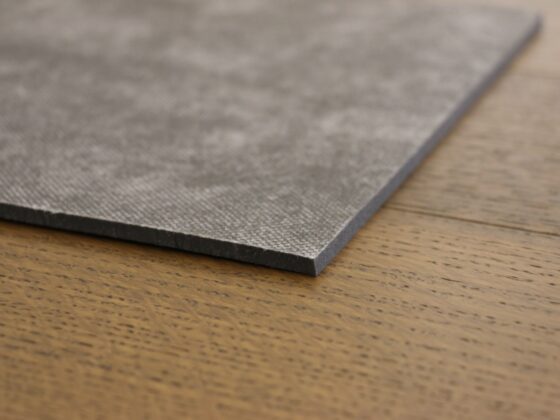Published February 2024 | Updated May 2024
Determining the right time to replace your carpet is an important decision that requires careful consideration. Whether you want to remodel to a new style or are worried about signs of wear and tear, getting a new carpet or rug can be an expensive and time-intensive process.
We’ve leveraged our 30 years of experience in the carpet business into a guide that demystifies carpet life expectancy and empowers you to decide when the time is right to replace your carpet.
Average Lifespan of Different Carpet Fibers
The two biggest determining factors in a carpet’s lifespan are its environment and its construction. As a rule, synthetic fibers will last longer than natural fibers and can withstand more foot traffic and mess. That said, natural fibers can stay in good shape for decades if maintained well and kept in less traveled spaces.
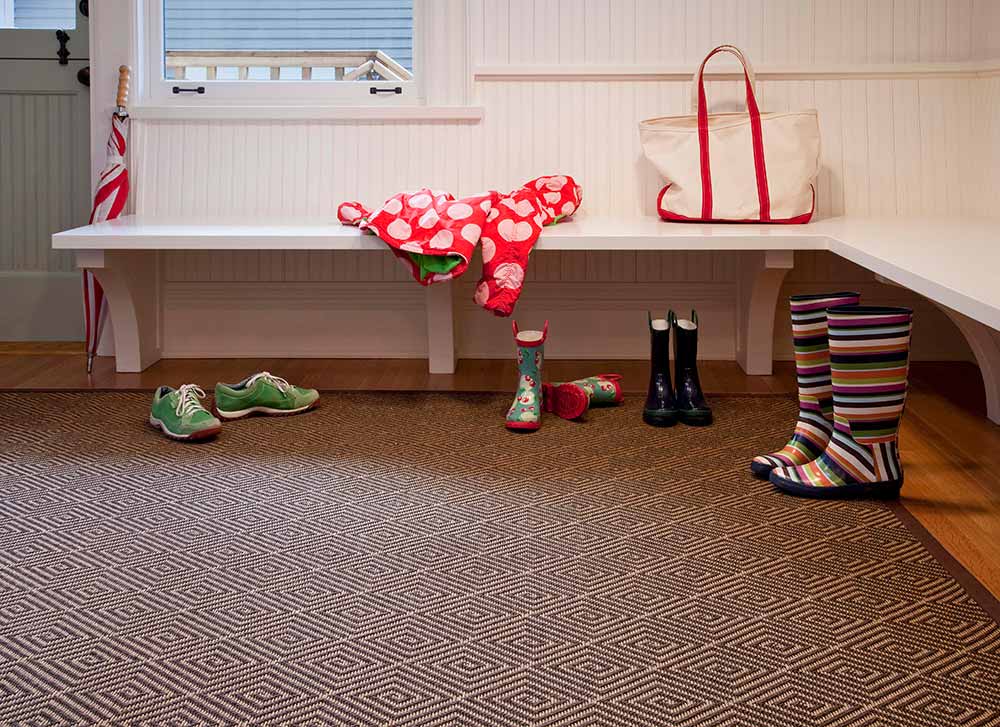
Here are the industry standards for how often to replace carpets broken down by fiber.
Synthetic Fibers
Nylon
- Durability: Highly durable and stain-resistant, ideal for high-traffic areas and commercial settings
- Lifespan: 10 to 15 years
Polyester
- Durability: Good for normal traffic areas with a soft luxurious feel
- Lifespan: 5 to 10 years
Olefin
- Durability: Also known as polypropylene. Great stain and moisture resistance, low pile is suitable for commercial use
- Lifespan: Varies widely based on traffic and maintenance
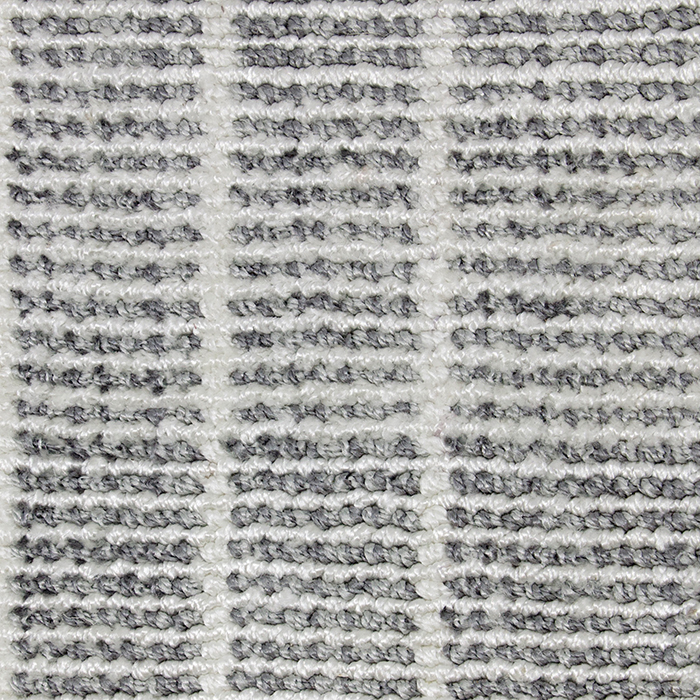
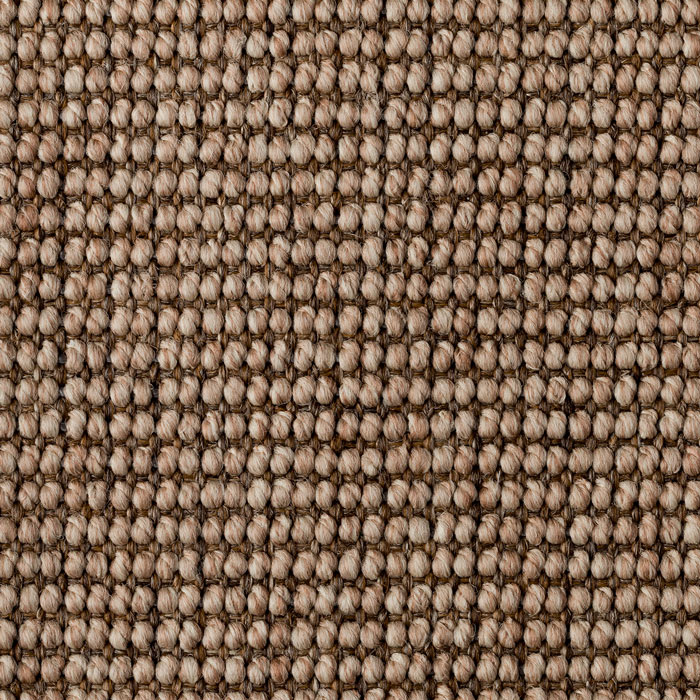
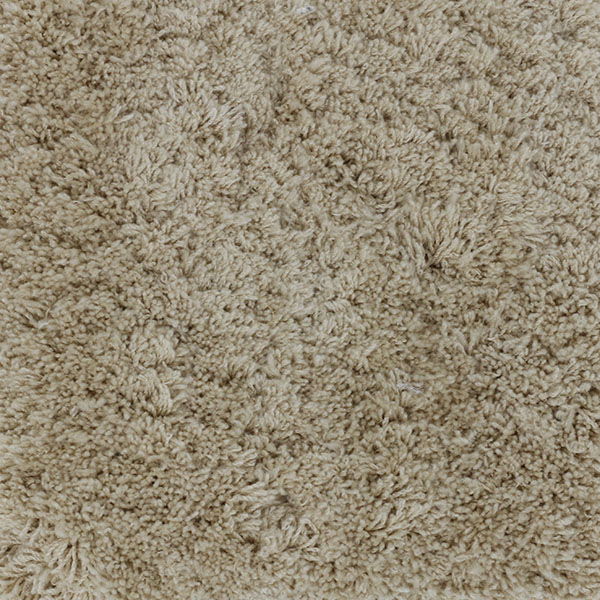
Natural Fibers
Wool
- Lifespan: 8 to 20 years
Jute
- Durability: Softer and less durable than other natural fibers, best for low-traffic areas
- Lifespan: 5 to 7 years
Sisal
- Durability: Strong and durable, more suitable for high-traffic areas than jute
- Lifespan: 5 to 10 years
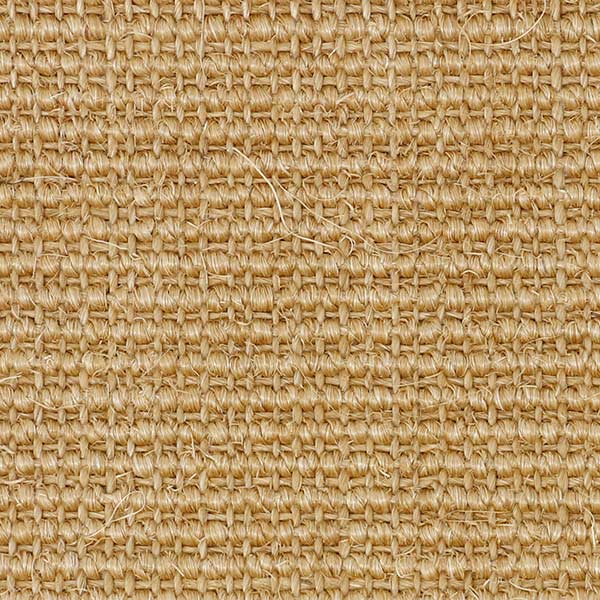
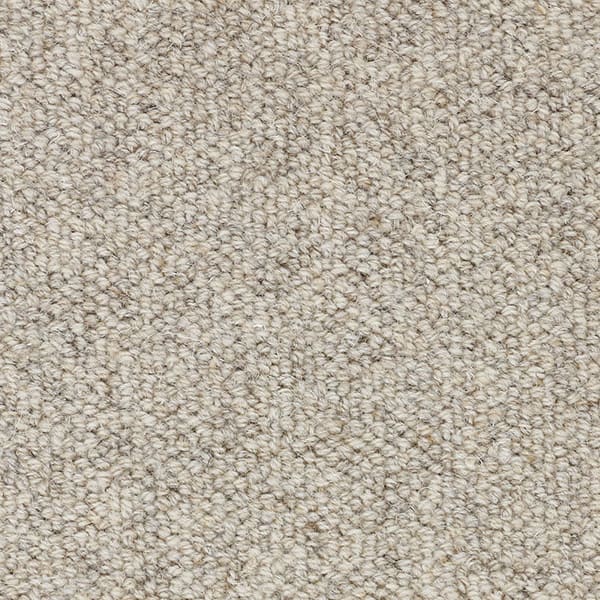
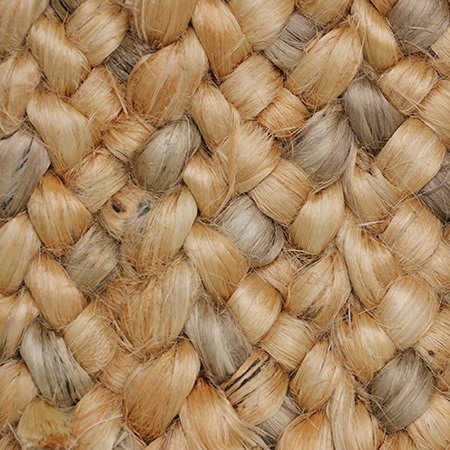
Other Factors Influencing Carpet Lifespan
In addition to the carpet fiber, the following construction and lifestyle factors play a large role in determining a carpet’s useful life. If you want to replace a carpet, keep these in mind to help predict how long a carpet will last. As with many consumer products, investing in a high-quality rug or carpet will cost more upfront but will save you money in the long run.
- Density: Carpets with a higher density, meaning more fibers per unit area, are generally more durable. They can better withstand the wear and tear of daily foot traffic.
- Pile Height: Shorter pile carpets, such as flatwoven or low-cut pile, tend to last longer due to their resistance to matting and crushing. However, they may not provide the same level of comfort as plush carpets and are more expensive than tufted options.
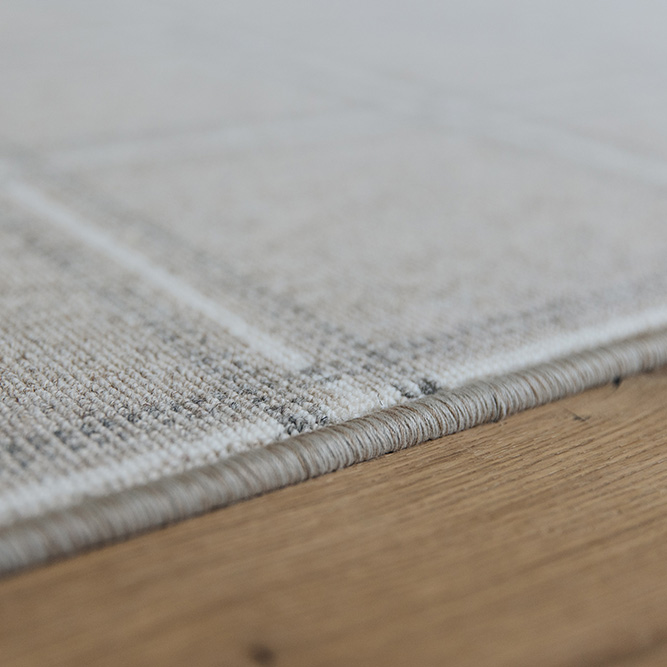
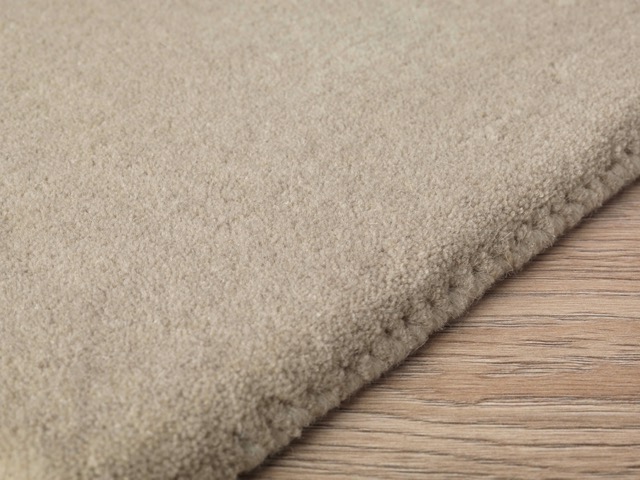
- Installation Techniques: Professional installation and high-quality padding can significantly extend the life of carpets. An improper installation will fail long before the carpet’s natural lifespan is up, so invest in skilled professionals who can follow the manufacturer’s guidelines. If professional installers are out of your budget, consider rug or carpet tiles instead of broadloom. Learn more about carpet installation.
- Maintenance and Cleaning: Regular vacuuming, professional cleaning, and prompt stain removal are crucial for preserving both the appearance and longevity of carpets. Natural carpets require more upkeep than synthetics, so make sure you can keep up with a care & cleaning schedule before selecting a material.
- Environmental Factors: Humidity and sunlight can affect carpets. High humidity can lead to mold and mildew, while prolonged sunlight exposure can cause fading. Dehumidifiers and window treatments can help negate these elements.
- Foot Traffic: Carpets in high-traffic areas like hallways and stairs wear out faster compared to those in less-used areas like bedrooms.
- Lifestyle Factors: Reflect on how pets, children, and other sources of mess may wear on the carpet. If you have an active lifestyle or commercial space, synthetic carpet may be better for you.
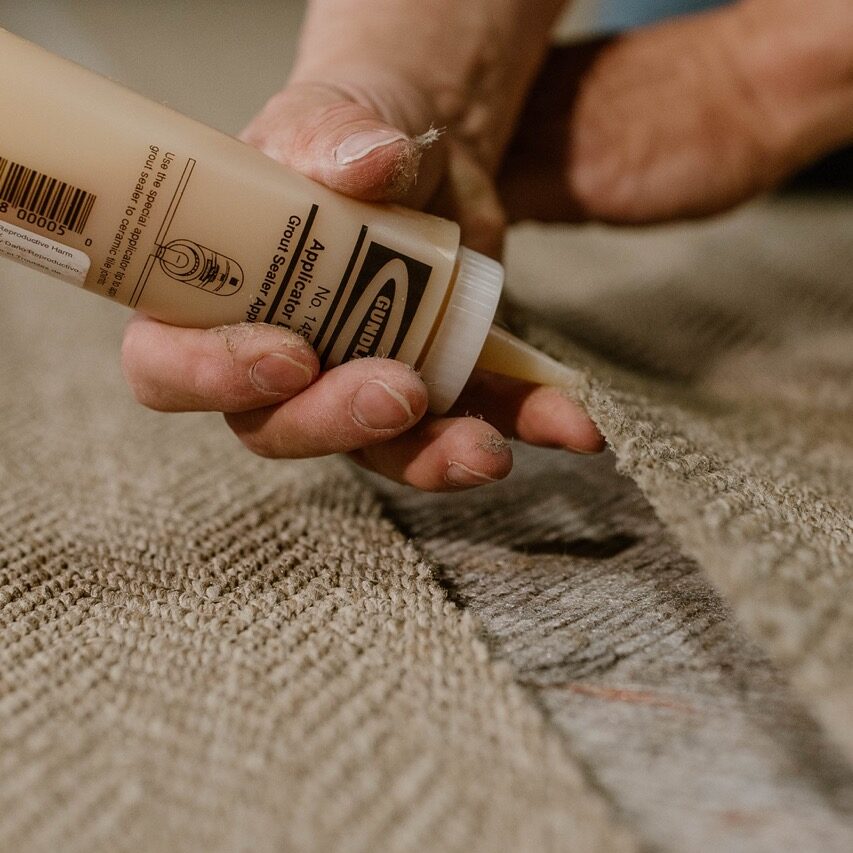
Installing a Flat Weave Carpet?
From planning the project to handling seams properly, we have all you need to know about flat weave carpet installation, including tips, tricks, and hands-on videos.
Signs That It’s Time to Replace Your Carpet
As carpet reaches the end of its useful life it shows visible signs of wear and tear. Improper upkeep or untreated accidents will expedite that process or even cause irreparable damage that necessitates replacement. Here are a few qualities to look for when determining if it is time to replace your carpet.
Fraying Carpet
A fraying carpet involves signs of wear where the carpet fibers are unraveling or coming loose. Fraying is a common issue in carpets, especially in high-traffic areas or as a result of aging.
Loose Fibers: Look for loose or protruding fibers, especially along the edges or at seams. The fibers may appear untwisted and separated from the rest of the carpet.
Ragged Edges: Carpets with fraying often have ragged or uneven edges. This is particularly common in areas where the carpet meets a transition to another type of flooring or at doorways.
Visible Signs of Wear: Fraying carpets show visible signs of wear in the form of thinning areas where the weave is becoming loose. These areas can look fuzzy or matted.
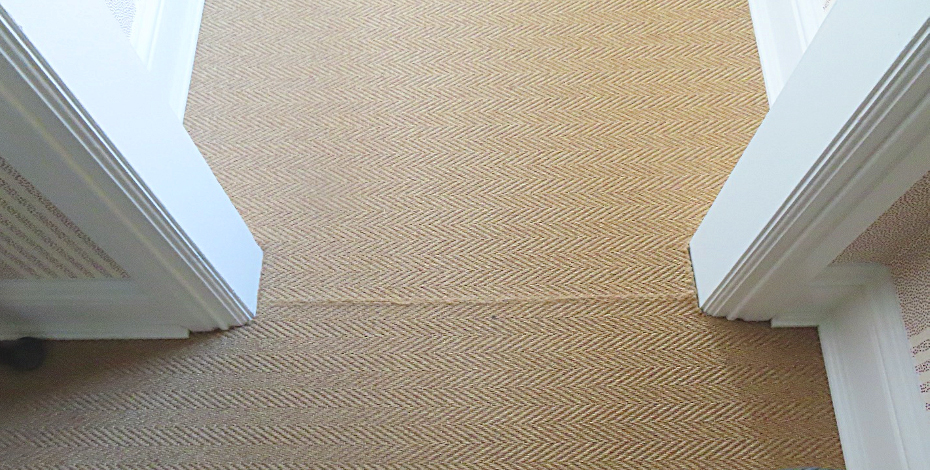
Unraveling Seams: In carpets with seams, fraying can manifest as seams coming apart or the stitching unraveling, leading to gaps in the carpet.
Threadbare Carpet
A threadbare carpet is one that has become worn down to the point where the weave or backing is exposed. This term is typically used to describe a carpet that has lost much of its original pile or fibers, resulting in a thin, bare appearance and a potential tripping hazard.
Thin and Worn Surface: The most noticeable feature is the thinning of the carpet where the fibers have been worn down. This often results in a flat and lifeless appearance, lacking the plushness or texture of a new carpet.
Visible Weave or Backing: In severe cases, the backing material of the carpet or the weave structure becomes visible. This is a clear indication that the carpet fibers have worn away significantly.
Discoloration and Fading: Threadbare areas may show discoloration or fading compared to the rest of the carpet. This is due to the wear of the fibers and possible exposure of the underlying material.
Rough Texture: The areas that have become threadbare often feel rougher to the touch, lacking the softness of intact carpet fibers.
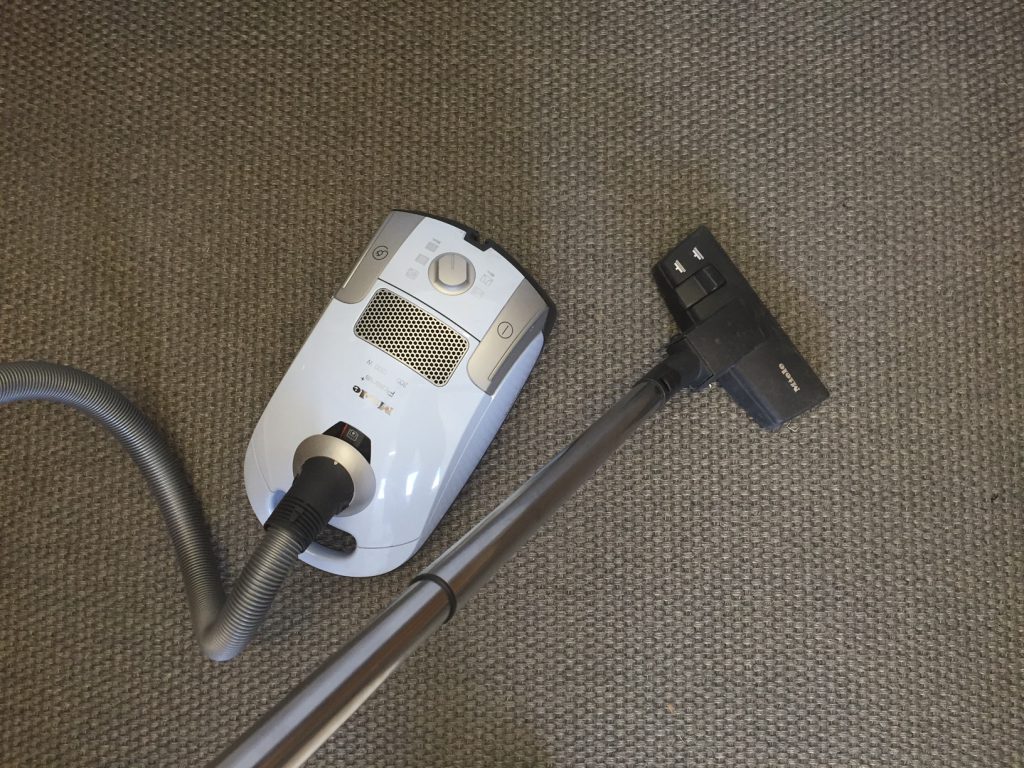
Mildew
Mildew, a type of mold, can not only damage your carpet but also pose health risks. If mildew has been present for an extended period, it’s more likely that it has penetrated deeply into the carpet fibers and backing, making cleaning ineffective.
Musty Odor: One of the first signs of mildew in a carpet is a musty, earthy odor. This smell is distinctive and indicates the presence of mold or mildew, especially in areas that are damp or have been exposed to moisture.
Visible Stains or Discoloration: Look for discoloration on the carpet. Mildew can appear as black, white, or green patches or streaks. These spots may be more prevalent in corners, under furniture, or in other areas less exposed to air circulation.
Dampness: If the carpet feels damp to the touch, it’s a potential sign of mildew. Persistent dampness creates an ideal environment for mildew growth.
Other Stains & Spills
Prompt treatment can remove stains and their resulting odors from carpet, preventing the need for replacement. If a stain is left untreated for too long, it will set in and resist cleaning efforts. In extreme cases, the odor or spill penetrates the padding or even the subfloor, requiring even further replacements. If you notice theses signs then it is time to replace your carpet.
Persistent Stains: If a stain remains visible after multiple cleaning attempts, it may have set deeply into the fibers. Certain substances like red wine, coffee, ink, or pet urine can penetrate deeply and are notoriously difficult to remove.
Discoloration: Look for areas where the color of the carpet has changed significantly. Deep-seated stains can alter the original color of the carpet fibers permanently.
Texture Changes: Feel the stained area; if the texture feels different compared to the rest of the carpet (e.g., hardened, crusty, or sticky), the spill may have caused damage that cleaning cannot reverse.
Odors: Persistent odors, especially from organic substances like pet urine, can indicate that the spill has penetrated deep into the carpet padding or subfloor, making it difficult to remove completely with surface cleaning.
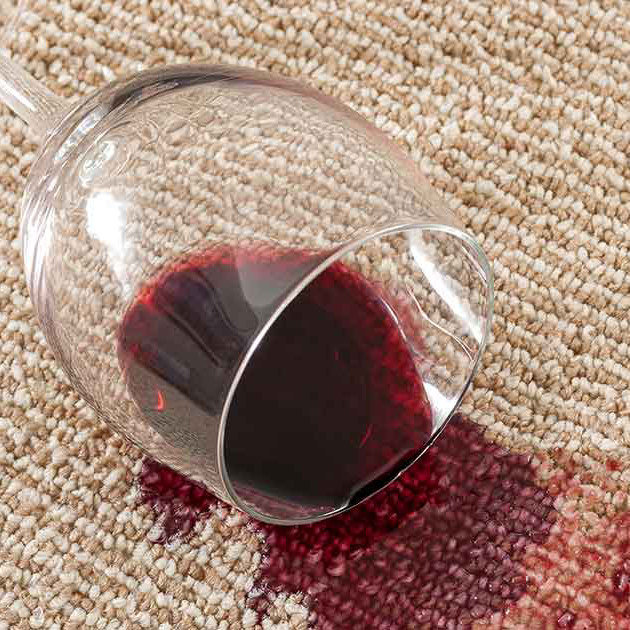
Professional Care & Cleaning Tips
Don’t let spills become stains. Brush up on our proven cleaning guidelines to keep your carpet looking spotless.

